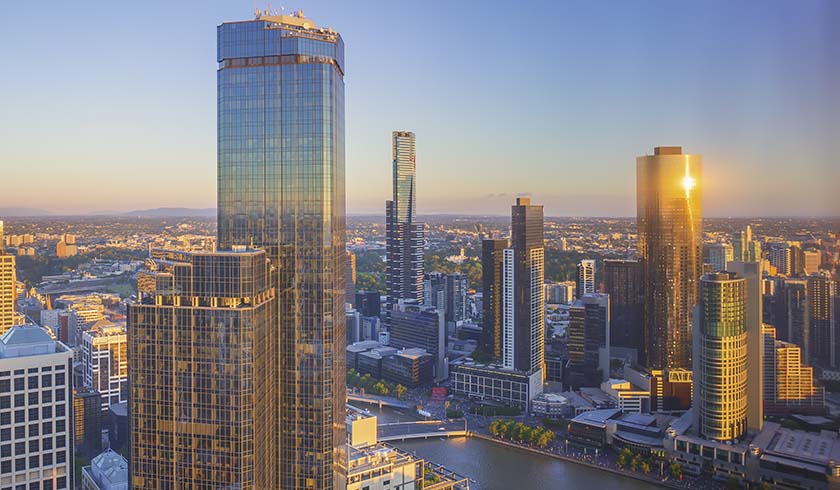Less than 1 in 3 Melbourne offices occupied as return to work continues
Melbourne’s offices still remain fairly empty, with the occupancy rate sitting at 31 per cent in January, well below the national average.

Melbourne’s office occupancy has kicked off its long journey back, growing from 13 per cent in December to 31 per cent in January, after reaching a low of only 7 per cent in October, new data from the Property Council has shown.
“It’s pleasing to see that a consistent run of positive health results and the state government’s loosening of restrictions that have capped the number of workers permitted to return to a workplace has resulted in more and more Victorians returning to the office,” said Property Council of Australia’s Victorian executive director, Danni Hunter.
But while the city is bouncing back as the government rolls out its “safe and progressive” roadmap to reopening, Melbourne’s office occupancy remains behind Sydney’s, which sits at a fairly low 45 per cent.
And while all other capital cities currently enjoy occupancy levels greater than 60 per cent, Sydney’s gain has only been gradual after it hit 40 per cent in October.
According to a PCA survey, workplace safety concerns are not a major deciding factor for Melburnians as they contemplate their return to the office. In fact, nearly 40 per cent of respondents said changed workplace preferences were a major deterrent, while one in five touted public transport safety and capacity concerns.
Over 50 per cent of survey respondents think that it will take more than three months to see a material increase in occupancy levels.
But Mr Hunter is confident that the government’s “sensible approach” has built an underlying confidence in the mindset of Victoria’s office community that they can safely return to their workplace.
“As more and more Victorians return to the office after the summer break and the end of school holidays, we are confident that they will experience firsthand the benefits of collaboration, productivity and positive team culture and begin to fall in love with Melbourne’s CBD yet again,” said Mr Hunter.
“According to The Economist, for every one knowledge worker, there are five jobs which are supported by that worker’s attendance at the office. The Property Council’s Occupancy Survey results show just how important it is for the future of Melbourne’s CBD that Victorians know that our office environments are both COVID-safe and extremely attractive places to be.”
Speaking on a recent episode of The Smart Property Investment Show, Griffith University senior lecturer Dr Tony Matthews said CBDs will restore their pre-COVID vibrancy within the next five years.
“I suspect CBDs will go back to being fairly vibrant over time,” Mr Matthews explained.
“And I think CBD-based professional activities will continue to occur because you also got a lot of the infrastructure for professional activities, like the law court and things like that are all in cities. So, the entire legal industry is built around that. And so as long as that’s there, they have to be there.”
For more information on the impact of COVID on CBDs, click here to listen to our podcast.